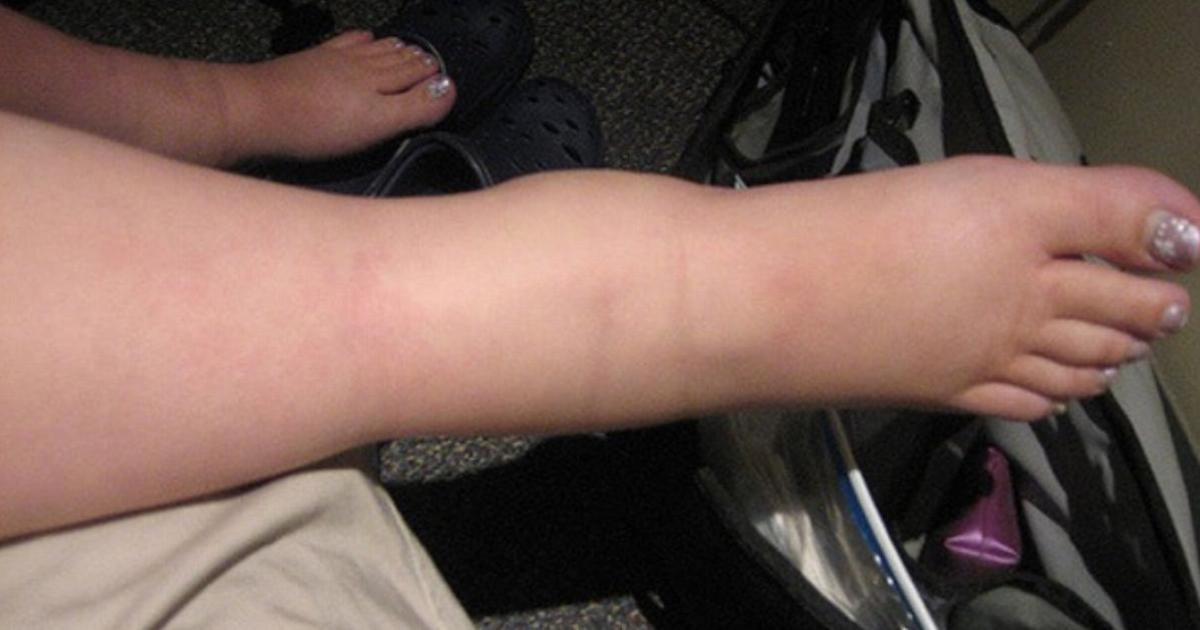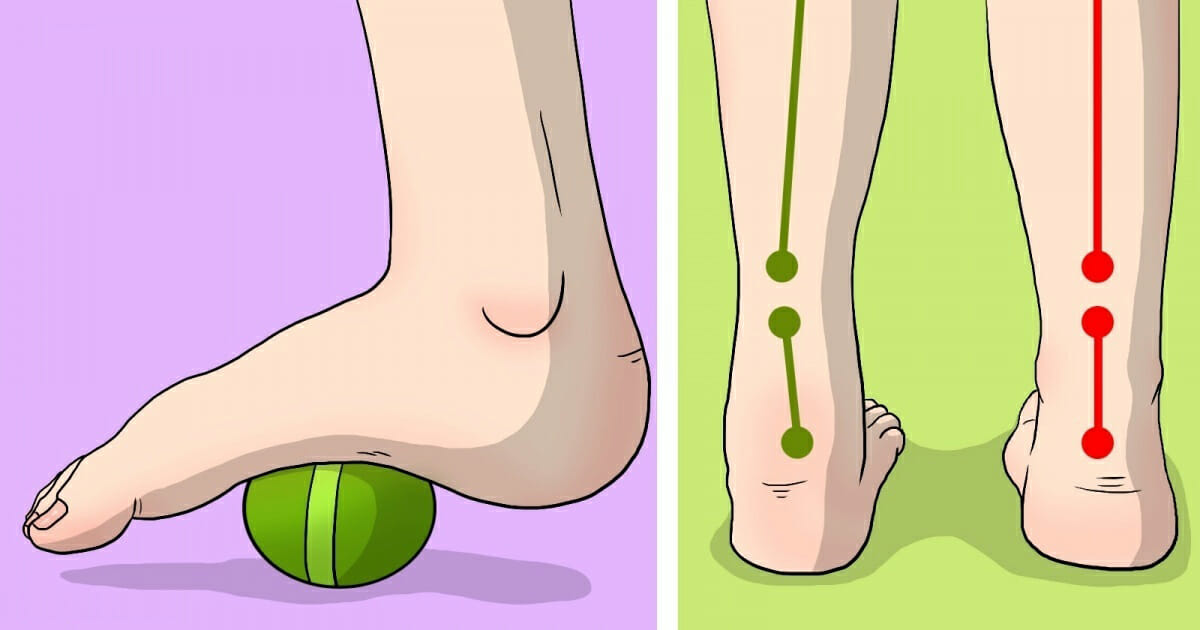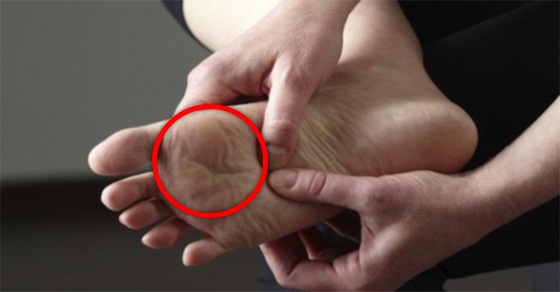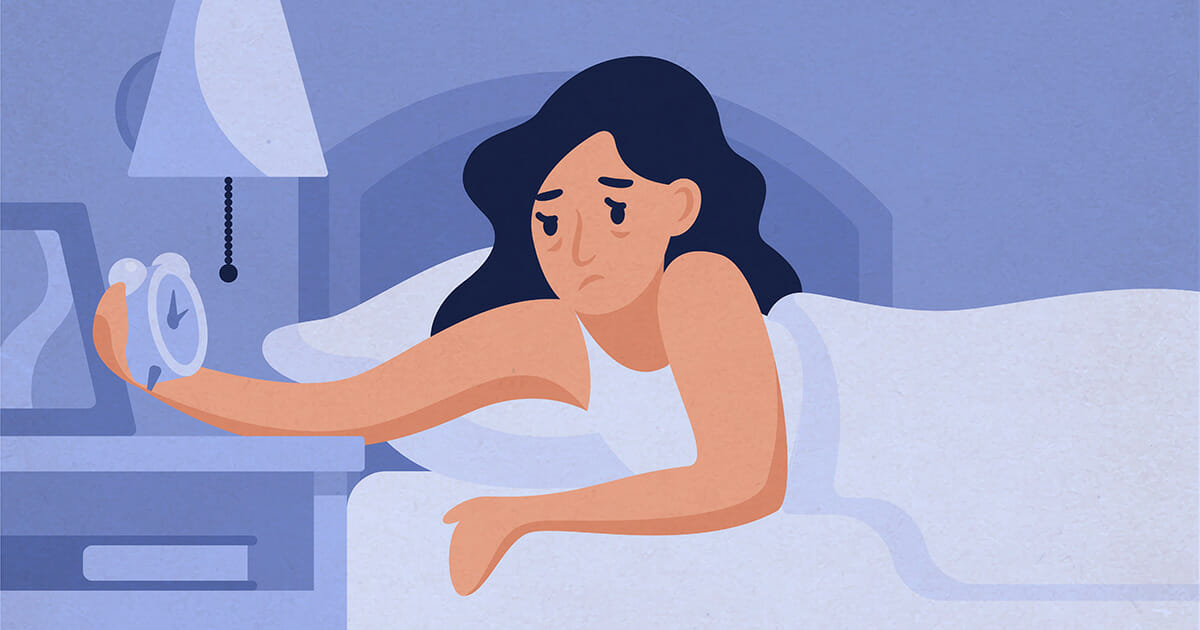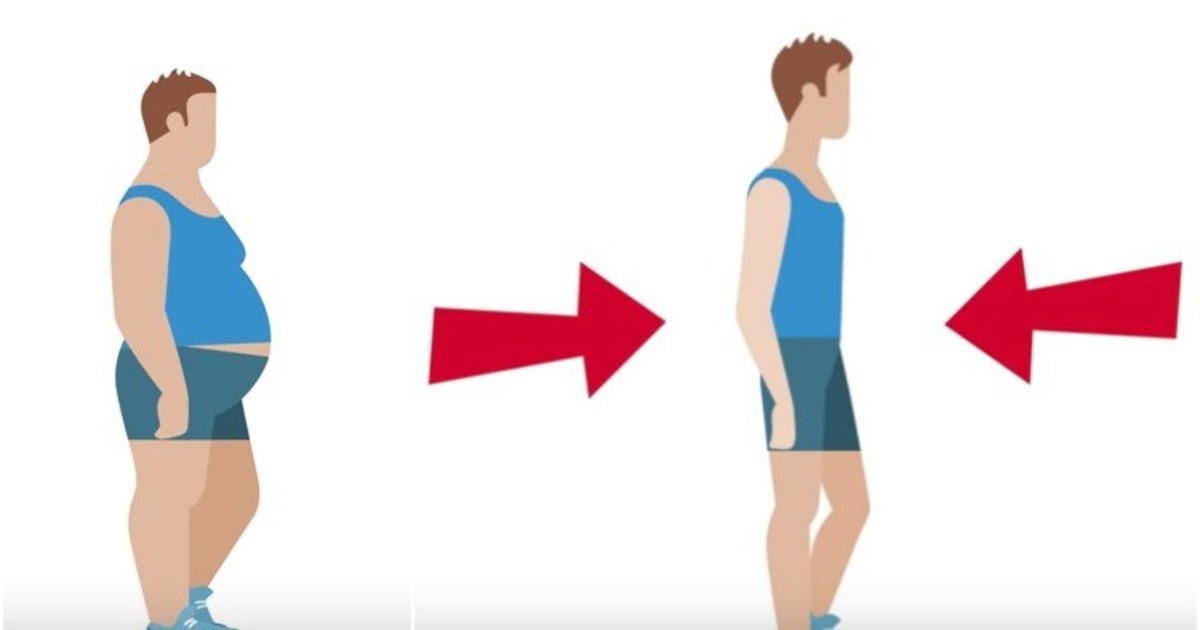Swollen feet: 9 warning signs you must not ignore
|
When your feet are swollen, most people will likely assume you’re pregnant—or that you work a job that requires you to stand all day.
But the truth is, most women with swollen feet are not pregnant, don’t suffer from sports-related injuries, and don’t spend hours standing at work.
So what else could be causing it?
In most cases, swollen feet are not a life-threatening sign. You may simply need to rest your legs or soak your feet in a cold-water bath, and the swelling will subside.
However, sometimes swelling in your feet can signal something much more serious. If your feet suddenly start to swell, it could indicate an underlying health condition that needs attention.
Read on to learn about some of the most common—and important—causes of swollen feet.
Cause #1: Deep Vein Thrombosis (DVT)
When a blood clot forms in the deep veins of the body—most often in the legs—it’s called Deep Vein Thrombosis, also known as Economy Class Syndrome.
The legs may swell, feel heavy, and sometimes veins become more visible—or you may experience no symptoms at all.
DVT is a serious condition that can lead to a **pulmonary embolism**, where a blood clot blocks blood flow to the lungs.
Cause #2: Achilles Tendonitis
The Achilles tendon, the thickest tendon in the human body, is constantly under pressure.
In addition to pain and stiffness, inflammation of this tendon can cause swelling around the ankles and heels. The swelling often worsens after physical activity.
Cause #3: Osteoarthritis
Osteoarthritis is the most common form of arthritis. When it affects the feet, it can cause pain, tenderness, stiffness, and swelling.
Gentle exercises such as yoga may help ease the discomfort caused by osteoarthritis and improve flexibility.
Cause #4: Heart Failure
Symptoms of heart failure can be subtle, but one telltale sign is swelling in the feet.
According to the American Heart Association, heart failure often causes a buildup of fluid, known as edema.
This fluid retention can lead to swelling in the feet, ankles, and legs.
Cause #5: Lymphedema
Lymphedema occurs when lymph fluid builds up in the arms or legs, resulting in noticeable swelling.
If the swelling develops suddenly or is accompanied by pain, see your doctor right away.
Cause #6: Cellulitis
Cellulitis is a bacterial skin infection that affects the deeper layers of the skin and tissue. It’s often linked to poor circulation or problems in the lymphatic system.
While cellulitis can appear anywhere on the body, it most often affects the lower legs, causing the skin to swell, redden, and feel warm to the touch.
Cause #7: Gout
One of the most painful forms of arthritis, gout occurs when too much uric acid builds up in the body.
It often strikes suddenly—typically at night. The base joint of the big toe can become red, tender, and severely swollen.
If you experience intense pain or this is your first gout flare-up, seek medical attention immediately.
Cause #8: Bursitis
Bursitis affects the small fluid-filled sacs that cushion bones, tendons, and muscles. While it’s most common in the shoulders, hips, and elbows, it can also occur in the knees, heels, or toes.
When bursitis develops in the feet, they may feel hard, painful, red, and swollen.
Cause #9: Rheumatoid Arthritis
Rheumatoid arthritis often begins in the feet and toes.
The condition varies from person to person, but typical symptoms include swelling, tenderness, and inflammation of the joints. Over time, it can also affect the tendons and muscles surrounding the joints.
If you suspect your swollen feet are linked to any of these symptoms, make sure to consult a doctor.
Please share this article with your friends and family so more people can learn about these important potential causes of swollen feet—and take the right steps to protect their health.




